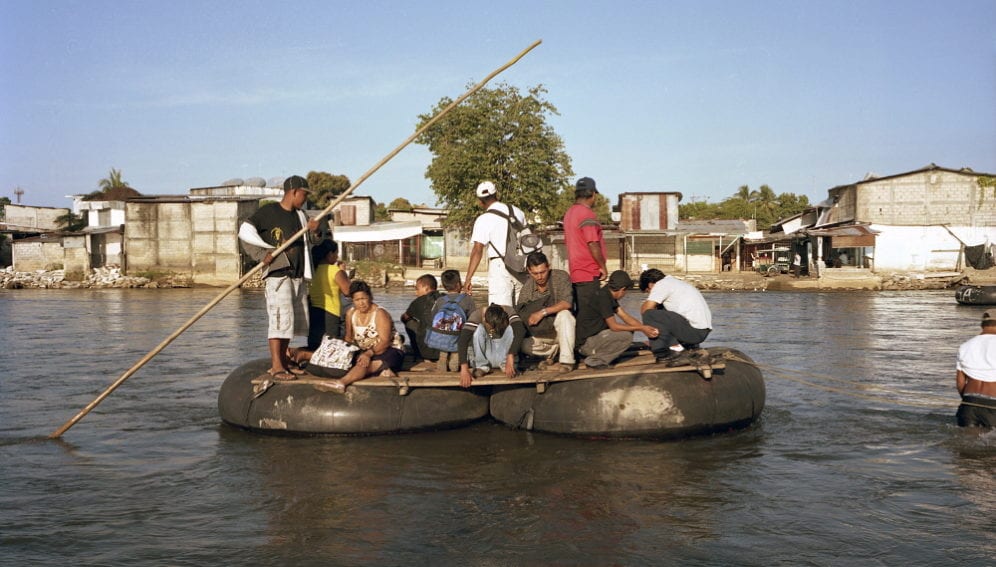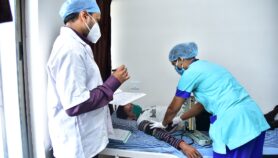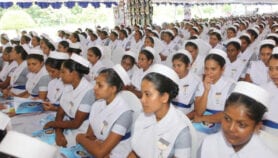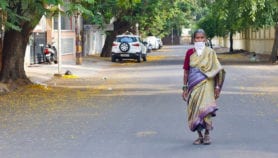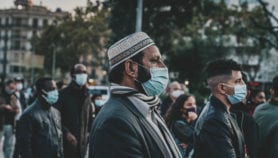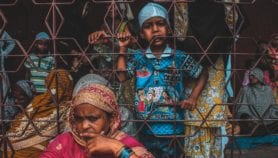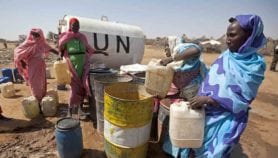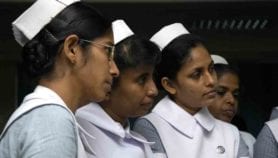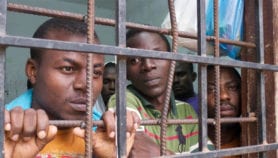By: Max Martin
Send to a friend
The details you provide on this page will not be used to send unsolicited email, and will not be sold to a 3rd party. See privacy policy.
A report from Al Jazeera says that rising gang violence in Central America is forcing thousands of children to flee their homes and seek refuge across the US border. [1] This view challenges the popular rhetoric that it is mainly economic needs that prompt this migration, and it’s another example of how migration drivers may not be obvious.
The report raises two questions. First, is violence really the main driver of the children’s migration? And, if so, what kind of rights and protections should these migrants have — should they be officially recognised as refugees?
Let us address the issue of violence first. It is well known that drug gangs in Central America often force children to work for them, sometimes using violence. On average, more than 1,000 refugee children from El Salvador, Guatemala and Honduras reached the US-Mexico border every week during 2013-14 [2]. Those countries are some of the most violent countries in the world. In 2012 Honduras had a homicide rate of 90 per 10,000 people, compared with eight in Iraq. [3]
In a recent working paper, political scientist Tom Wong of the University of California, San Diego, United States, analysed UN data on homicide rates by country, along with child migration figures. [4]
He found that the two variables were directly correlated and argued that violence is therefore probably a significant driver of child migration from Central America to the United States. In contrast, his findings indicate that the US administration’s relaxation of immigration norms for children and trafficking victims is not to blame for an increase in arrivals — contrary to media and political arguments.
Although illegal migration does occur, research has established that violence is probably a significant driver. So what can be done to protect these children?
The question hinges on whether they officially qualify as refugees. People fleeing ‘generalised violence’ have special rights in the international refugee regime, a set of norms and conventions, such as the 1984 Cartagena Declaration that covers refugees in Central America and Mexico, that allow refugees to stay in other countries when they flee persecution. [5] However the UN’s legal definition of ‘refugee’ does not cover generalised violence.
This issue couldn’t be more serious: it’s about children fleeing violence. So nations should give the question of children’s refugee status equally serious consideration.
Several countries have already done this and some, including Mexico, have introduced the practice of ‘complementary protection’. This is a protection that states give people at risk of major human rights violations back home, but who do not qualify as refugees under the 1951 UN Refugee Convention. [6] Although international human rights and humanitarian law offer some protection, such measures do not bestow well-defined, internationally recognised status, residency or travel documents. Complementary protection measures aim to fill this gap.
But complementary protection is just one way in which international thinking is evolving on the question of ‘who qualifies as a refugee’. As well as violence, international law makers also need to consider if people forced to migrate due to climate change, for example, would officially qualify. Much more policy attention on this issue is needed. And evidence like Tom Wong’s on what really forces people to migrate will be an important input into those discussions.
Max Martin is a doctoral candidate at the University of Sussex, United Kingdom, researching on climate-related migration. The views expressed are his own.
References
[1] Emily Marie Gibson Why child migrants are fleeing Central America (Al Jazeera America, 11 September 2014)
[2] Mónica Ramírez and Anne K. Ream Migrant children are fleeing a region rife with sexual violence (New Republic, 23 July 2014)
[3] Other situations of violence in the northern triangle of Central America (ACAPS, May 2014)
[4] Tom K. Wong Statistical analysis shows that violence, not US immigration policies, is behind the surge of unaccompanied children crossing the border (2014)
[5] Cartagena Declaration on refugees, colloquium on the international protection of refugees in Central America, Mexico and Panama (UNHCR, 22 November 1984)
[6] United Nations rules for the protection of juveniles deprived of their liberty (UN, 14 December 1990)


